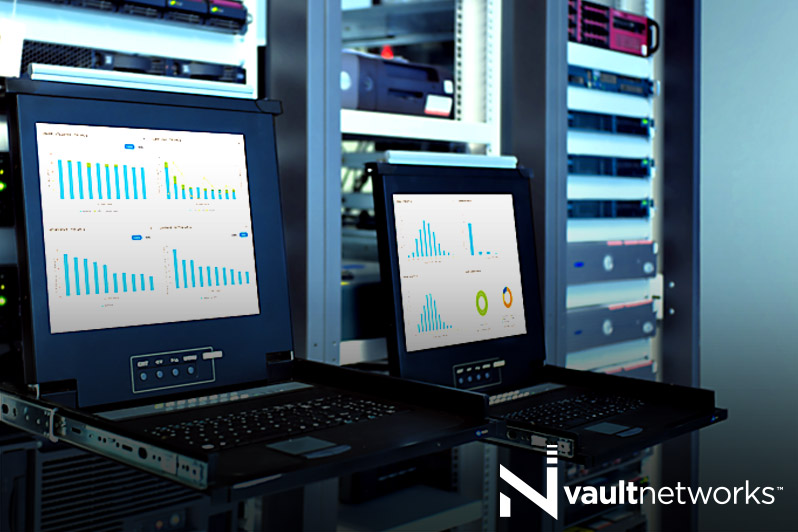Cloud monitoring is the process of analyzing how well cloud services are working. The tools and methods can vary, but every company should have some sort of review process to determine how well the cloud is complementing the business, technical, and legal requirements of the company.
What cloud services should be monitored?
While consumers use services like Dropbox and Gmail to store information in the cloud, businesses typically rent space to host their applications and store their data. Monitoring of cloud services need to tackle two viewpoints. The first is the integrity, security, accessibility, and redundancy of the data at the data center or the cloud provider’s servers. The second is the ability to access the cloud and get the information the company needs.
Cloud monitoring tools provide the IT department with data on how well security, performance, and customer behavior are working. Testing and monitoring are typically done at regular intervals. Regular testing can help a company detect breaches, communication errors, and how fast the connection is working. Speed metrics are an important component of customer satisfaction.
What are the benefits of cloud computing?
Some of the advantages of cloud computing are:
- Typically, the entity hosting the cloud has the hardware and software needed to monitor the cloud connection. This makes installing the monitoring infrastructure easy to set up and run.
- Cloud monitoring tools are scalable, which means they can be used for small, medium, and large-sized companies.
- The cost of the tool is usually handled by a subscription, so there are no large upfront costs.
- The cloud monitoring tools are separate from the workstations and server, protecting monitoring against any interruption of services.
What should be monitored/best practices?
Company metrics should include:
- Determining what events should be monitored.
- Analyzing how much of the company IT activity is in the cloud. This can help the company determine if and when they should scale up or scale down.
- Generally, cloud metrics should be compatible with any in-house performance metrics.
- User response time, a frequency of use, and which applications or services are being used can help determine customer satisfaction.
- Strategies for responding to metric flashpoints should be in place. For example, if usage exceeds a certain level, then scaling up by adding more servers or newer server technology should be considered.
- Generally, monitoring data (cloud monitoring and any in-house monitoring) should be stored in a different location than the IT applications.
Company IT departments should test their cloud to see what happens at peak levels or if there is a breach of data.
Learn more about cloud monitoring metrics and why they are necessary
Don’t think that just because you’ve managed to migrate to a cloud computing platform that you’re finished. Once the cloud is up and running, IT departments should constantly examine how well their cloud is working so that the accounting department, employees, partners, clients, and customers stay happy.
Ready to See How Vault Networks Can Help You?
To understand more about how to implement cloud monitoring technology, have one of our friendly experts contact you to begin the conversation. Our team will explore your options with you to determine how managed services could support your business’s growth and goals.
• Call: 305 735 8098. Ext. 2
• Chat with a member of our team to discuss which solution best fits your needs.

